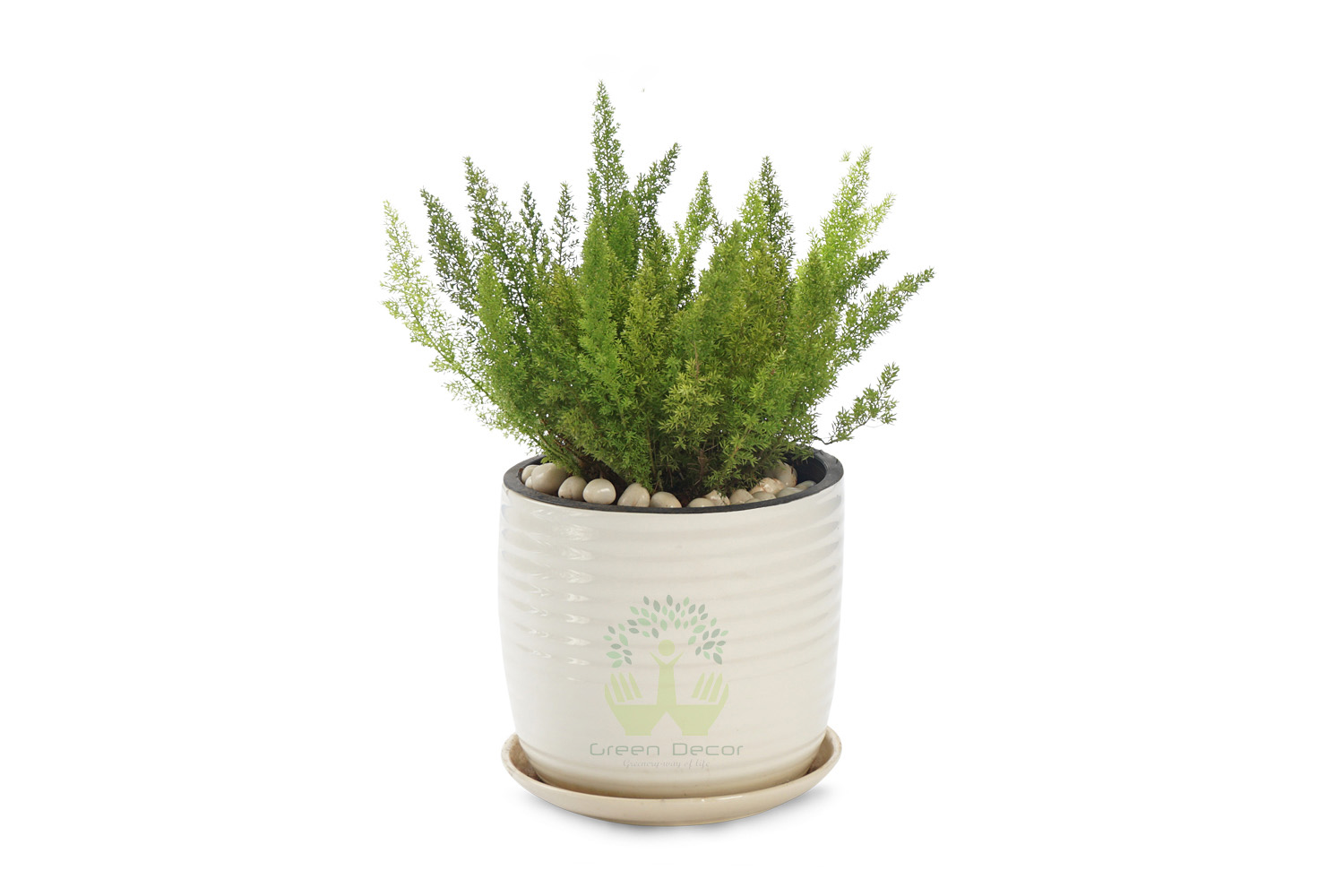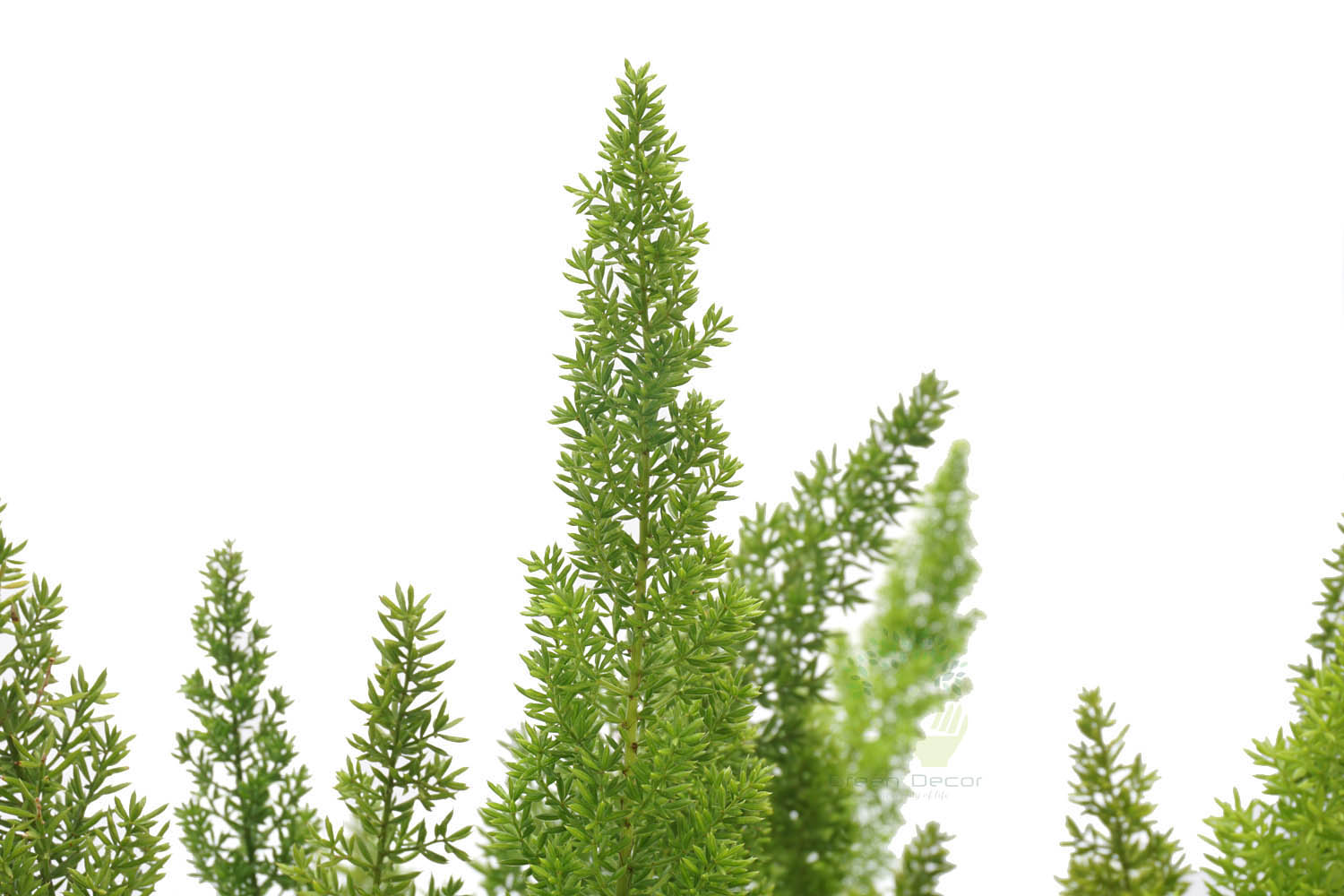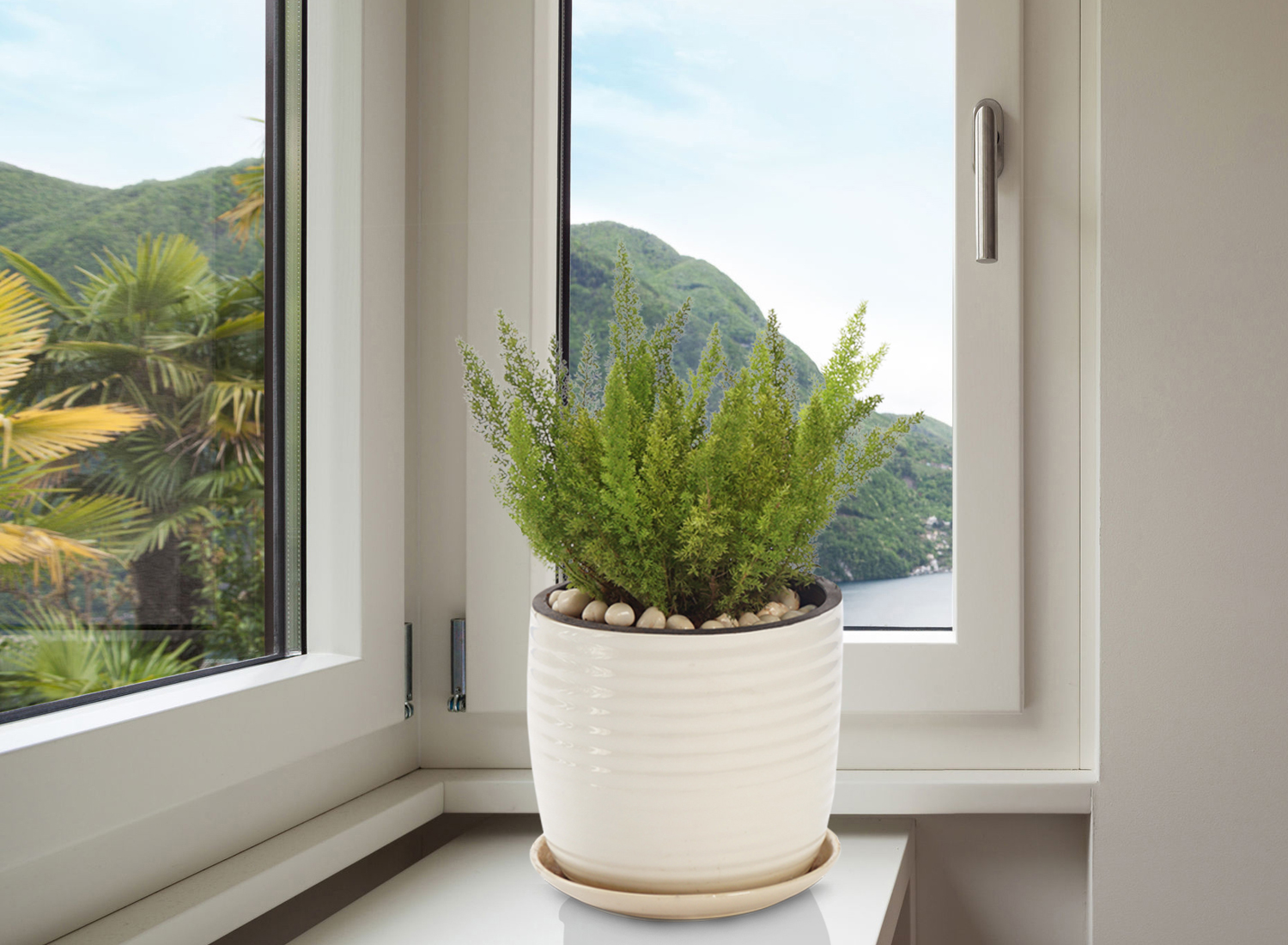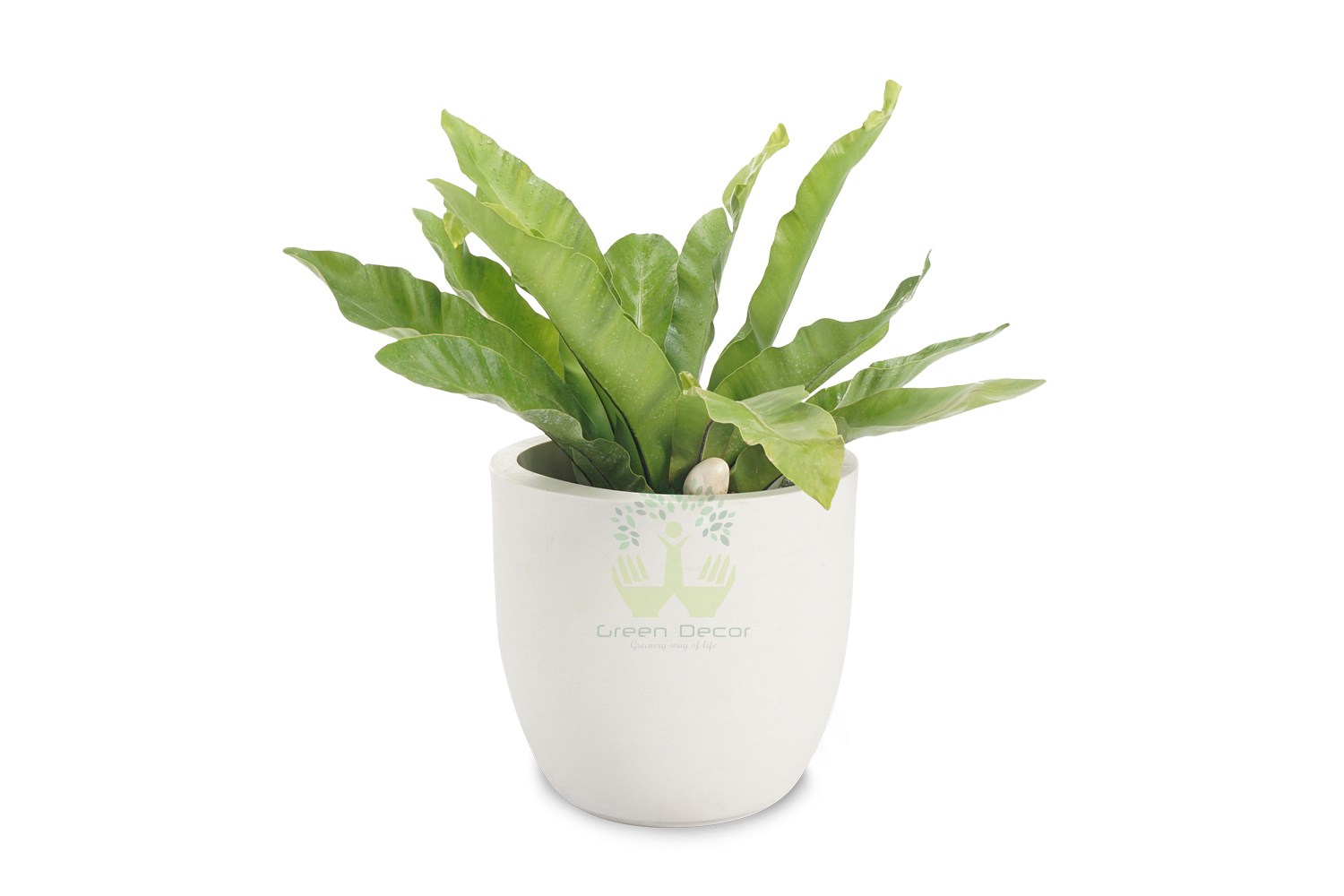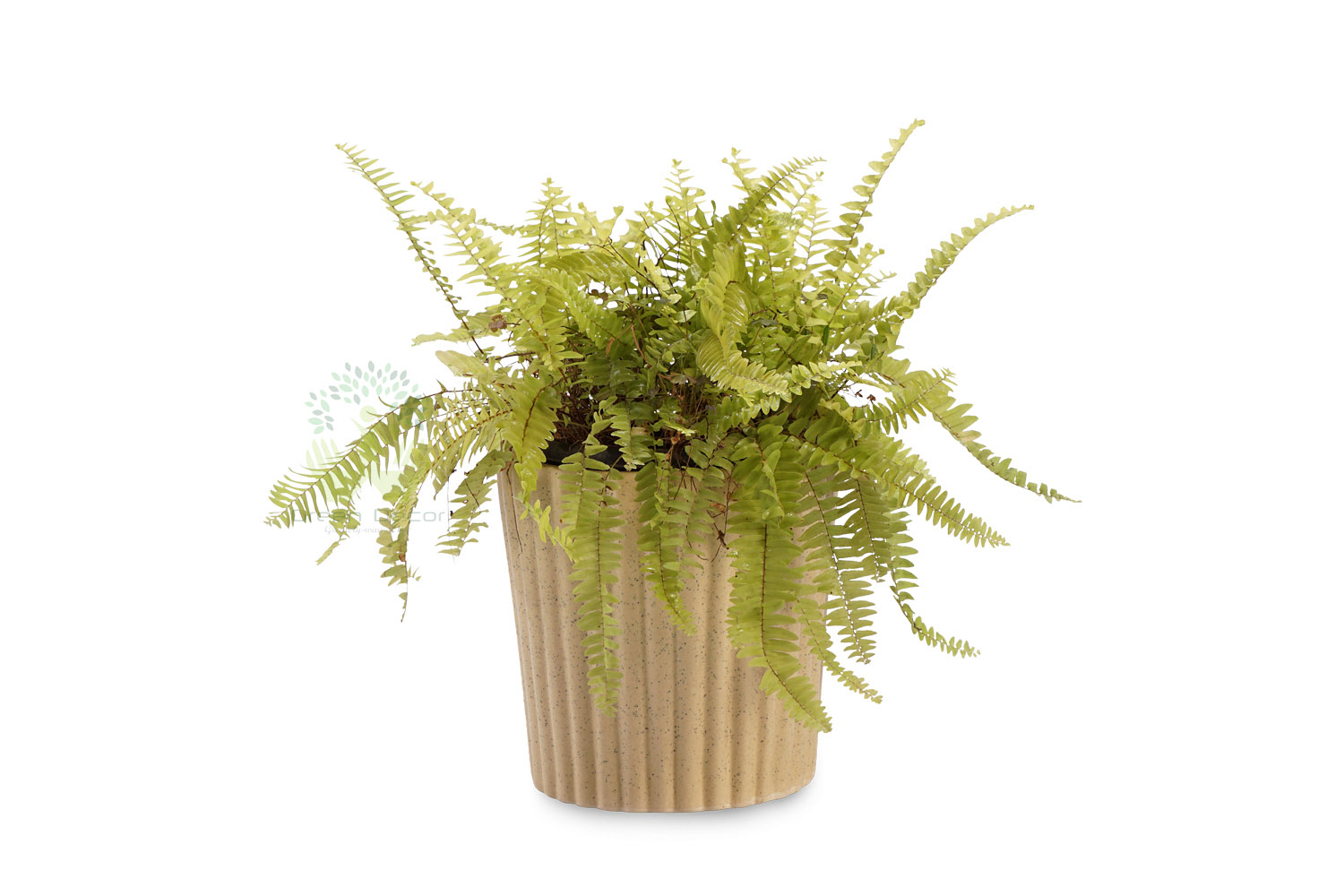Foxtail Fern
360
Maintenance Level
Low
Placements
Outdoor-Shades or Indoor
Toxic
YES
Fragrance
None
Seasons
All Weather
Plant Height
20" to 40"
Water Frequency
Winter
Twice Week
Summer
Daily
Fertilizer Frequency
Winter
2-3 Month
Summer
Every Month
- About Foxtail Fe..
- How To Grow Foxtail Fe..
- Benefits of Foxtail Fe..
- Maintenance Tips
- Shipping Info
Foxtail ferns are not really ferns, as they’re multiplied from seeds and produce no spores. The common name came from the clumping habit of the plant that is similar to that of a fern. Foxtail asparagus ferns have an unusual, symmetrical look. These fern-like plants have arching plumes of tightly packed, needle-like leaves that look soft and delicate. Foxtail fern plants bloom with white flowers and produce red berries. The plants appear fragile and may cause gardeners to shy away from them, expecting difficult and extensive care of foxtail fern.
Soil Need
Potting Soil Mix, Loamy Soil
Fertilizer (type)
Nitrogen Phosphorus Potassium Fertilizer
Growth Pattern
Moderate
Pruning
1-2 Month
Re-Potting
Every 13-14 Month
Process :
1. Ensure that the plant has access to bright light but of an indirect source
2. Plant the bird's nest fern in good quality potting soil.
3. Water very generously during warmer months and in warm indoor environments.
4. Mist the fronds occasionally to improve humidity. Use a regular spray bottle and mist the leaves directly.
5. Fertilize regularly. A light feeding plant, keep the dosages of fertilizer low.
6. Cut away any dead growth as it appears.
1. It adds beauty to planted area
Do's
1. Adding mulch helps boost plant growth by slowly adding decomposing humus to the soil while also conserving soil moisture, keeping the foxtail fern's roots cool, and blocking out weed invasions.
2. Follow a regular watering schedule during the first growing season to establish a deep, extensive root system.
3. For a neat appearance, remove old and faded stems.
Don'ts
1. Avoid overhead watering and instead water at the base of the plant to minimize the risk of fungal diseases.
2. Don't need to constantly feed this plant the way you would with annual flowers.
